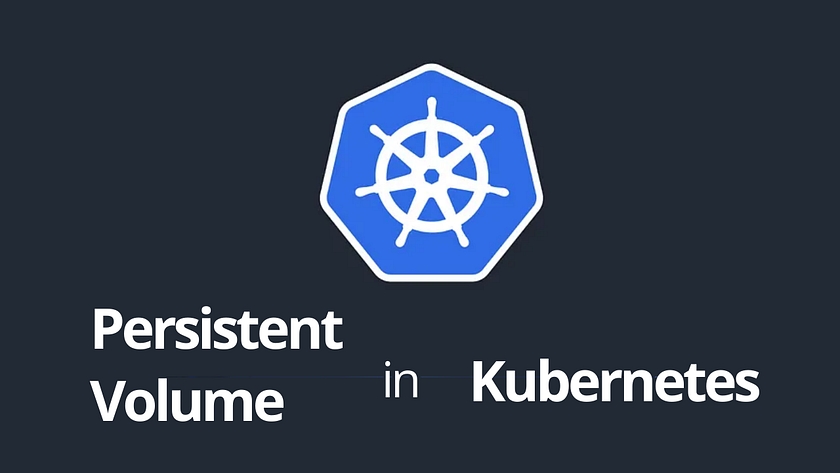Understanding Kubernetes: Part 11 -Persistent Volume (PV)

If you’ve been following our Kubernetes series 2025, welcome back! For new readers, check out Part 10: Understanding Kubernetes: StorageClass
📖 Not a Medium member? No worries! Here’s the free link: Part 11-StorageClass
What is a Persistent Volume (PV) in Kubernetes?
A Persistent Volume (PV) in Kubernetes is a storage resource that exists independently of pods and provides a way to store data persistently. Unlike ephemeral pod storage, a PV allows data to persist even if the pod is deleted or restarted. It abstracts the underlying storage system, such as NFS, AWS EBS, or local disks, and provides a unified way to manage storage in Kubernetes.
For example:
If you have an application that requires a database, like MySQL, the database data must be retained across restarts. A Persistent Volume ensures that the data is stored on durable storage, allowing the database to recover its state after any disruption.
Persistent Volume Capabilities:
Abstraction: Supports multiple storage backends (e.g., local disks, cloud storage).
Decoupled from Pods: A PV exists independently of pods, providing persistent storage.
Access Modes: Supports
ReadWriteOnce,ReadOnlyMany, orReadWriteManyfor different usage scenarios.Lifecycle Management: A PV is provisioned and bound to Persistent Volume Claims (PVCs) by users or dynamically created by storage classes.
In my previous role:
As a Senior DevOps Engineer, I used Persistent Volumes to manage storage for our Jenkins CI/CD setup. Jenkins required durable storage for build artifacts and configurations. I configured an NFS-backed Persistent Volume, which ensured data availability across pod restarts. By combining PVs with Persistent Volume Claims, I provided teams with seamless access to shared storage while maintaining strict isolation between workloads. This setup ensured high reliability for our build and deployment processes.
Here’s a simple YAML for a Persistent Volume:
apiVersion: v1
kind: PersistentVolume
metadata:
name: pv-storage
spec:
capacity:
storage: 10Gi
accessModes:
- ReadWriteOnce
persistentVolumeReclaimPolicy: Retain
hostPath:
path: /mnt/dataThis Persistent Volume provides 10GB of storage with a ReadWriteOnce access mode. The hostPath configuration binds it to the /mnt/data directory on the host machine, ensuring durability for applications like databases or CI/CD pipelines. This makes PVs an essential component for persistent storage in Kubernetes.
🚀 Ready to Master Kubernetes?
Take your Kubernetes journey to the next level with the Master Kubernetes: Zero to Hero course! 🌟 Whether you’re a beginner or aiming to sharpen your skills, this hands-on course covers:
✅ Kubernetes Basics — Grasp essential concepts like nodes, pods, and services. ✅ Advanced Scaling — Learn HPA, VPA, and resource optimization. ✅ Monitoring Tools — Master Prometheus, Grafana, and AlertManager. ✅ Real-World Scenarios — Build production-ready Kubernetes setups.
🎓 What You’ll Achieve
💡 Confidently deploy and manage Kubernetes clusters. 🛡️ Secure applications with ConfigMaps and Secrets. 📈 Optimize and monitor resources for peak performance.
🔥 Start Learning Now: [Join the Master Kubernetes Course](https://cloudops0.gumroad.com/l/k8s)
Don’t miss your chance to become a Kubernetes expert! 💻✨
🚀 Stay ahead in DevOps and SRE! 🔔 Subscribe now and never miss a beat on Kubernetes and more. 🌟
Last updated